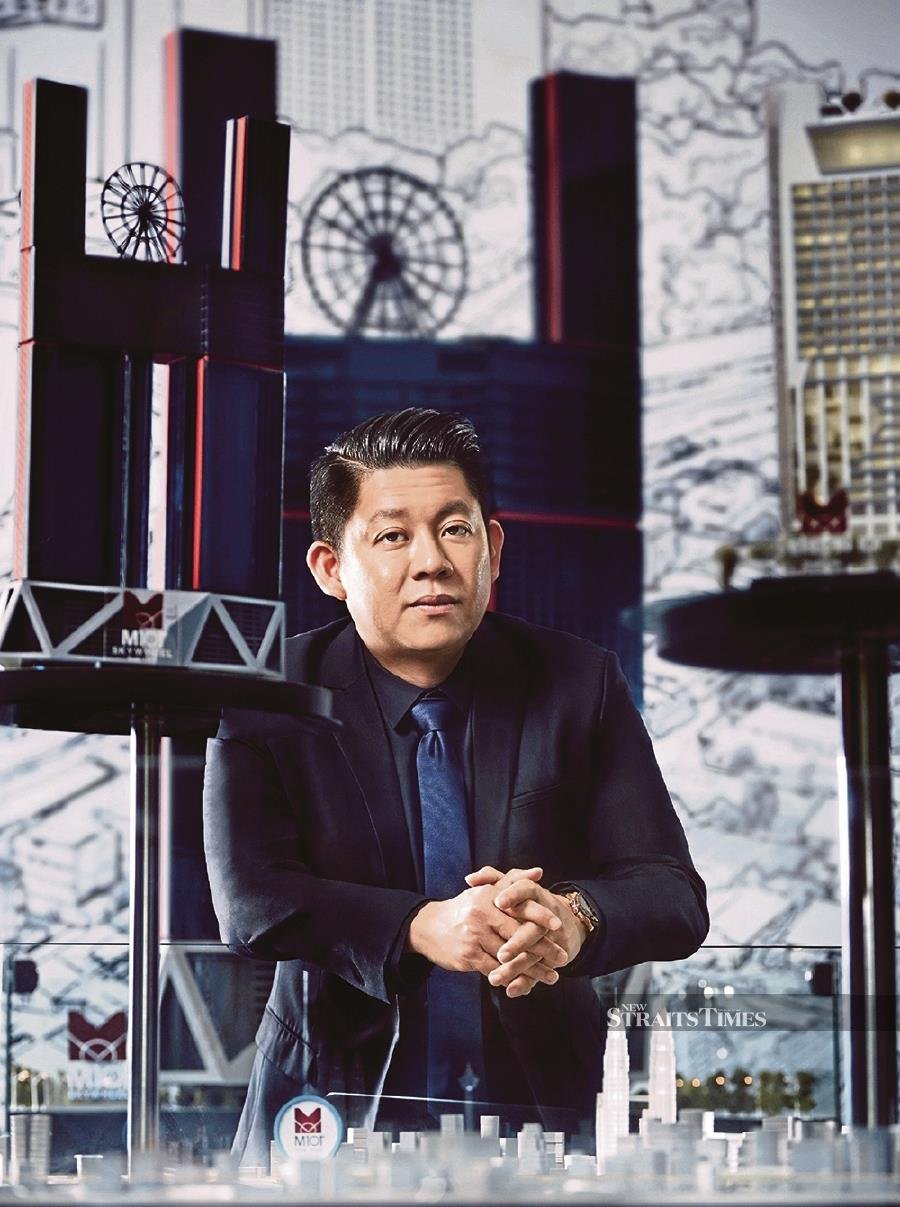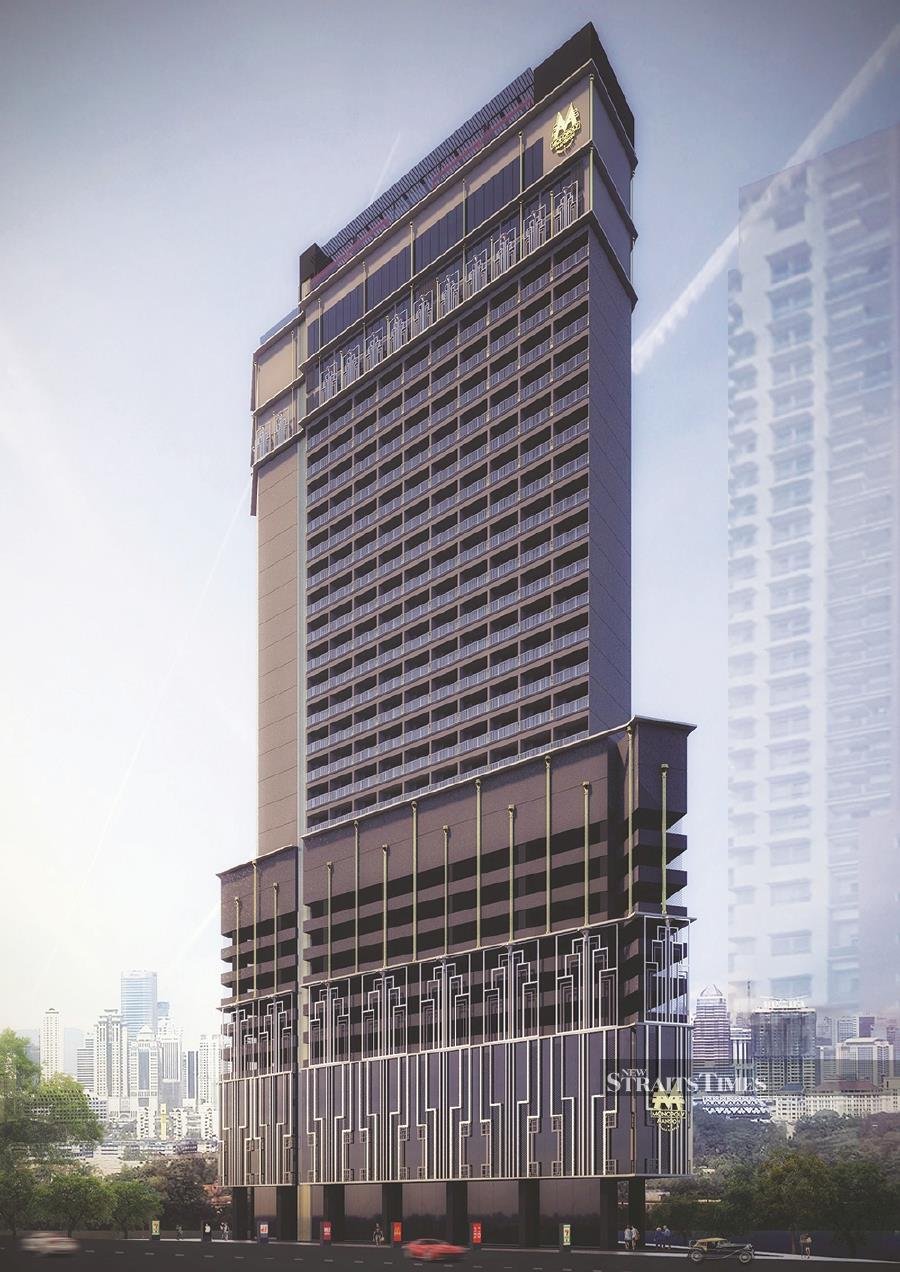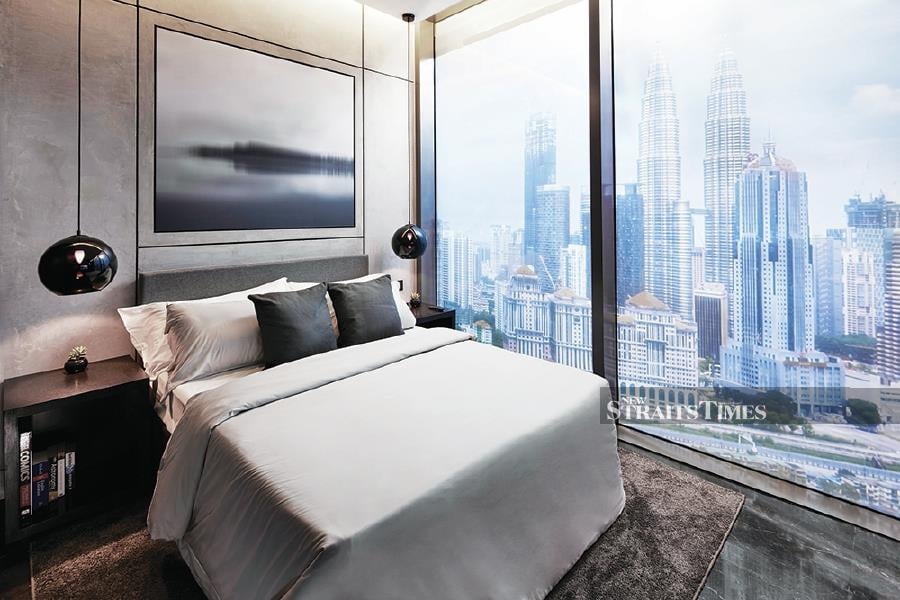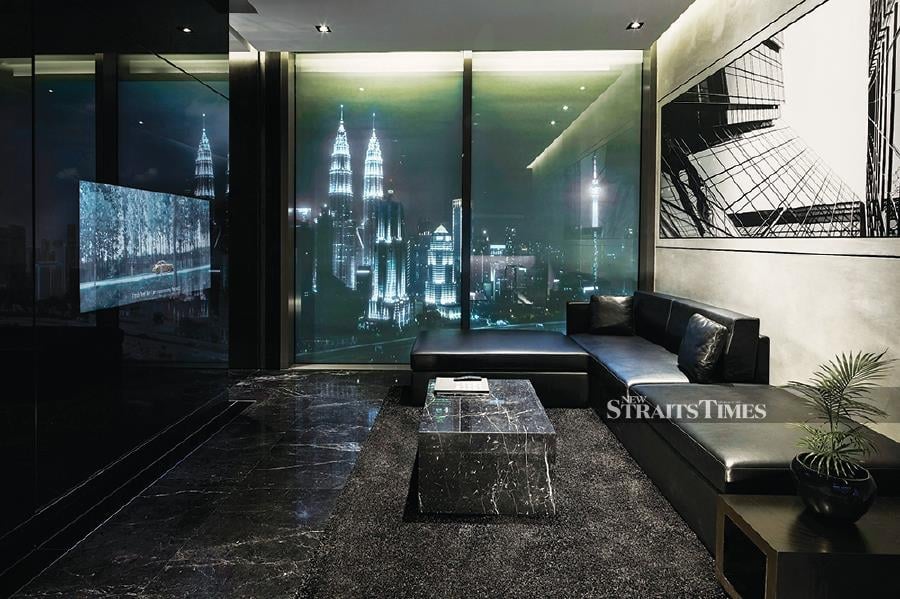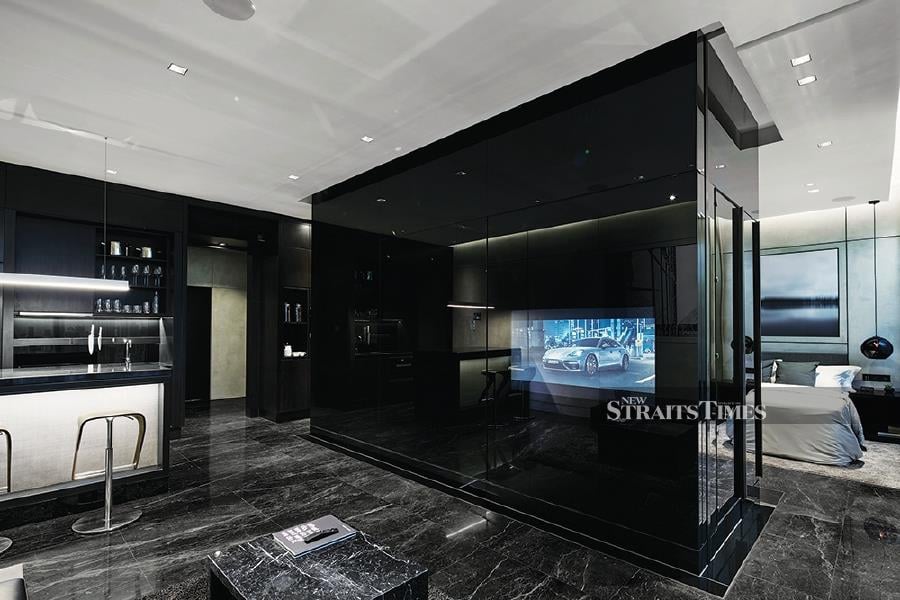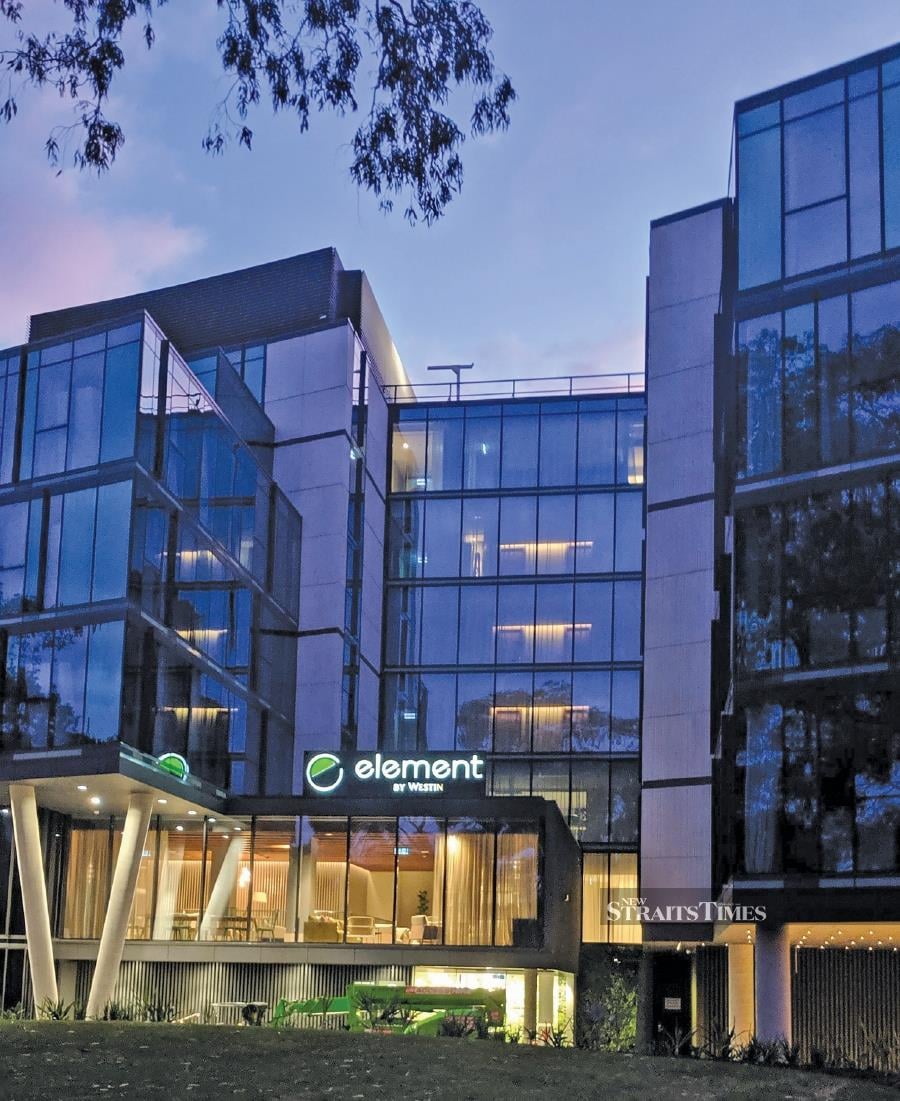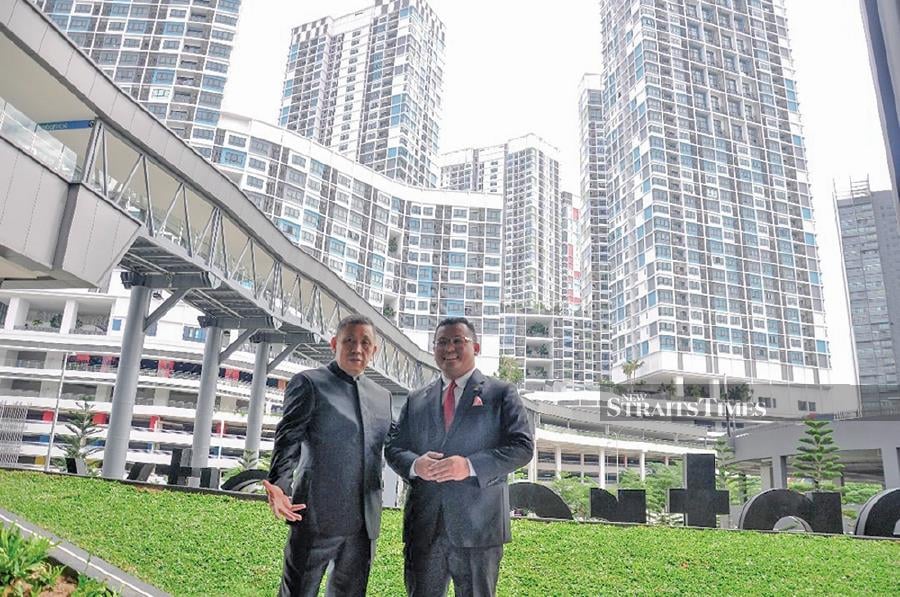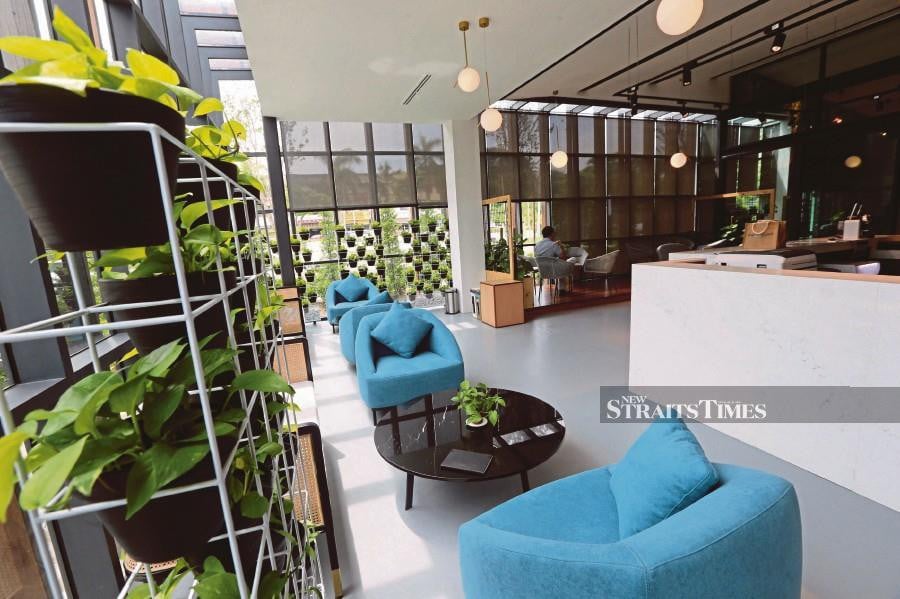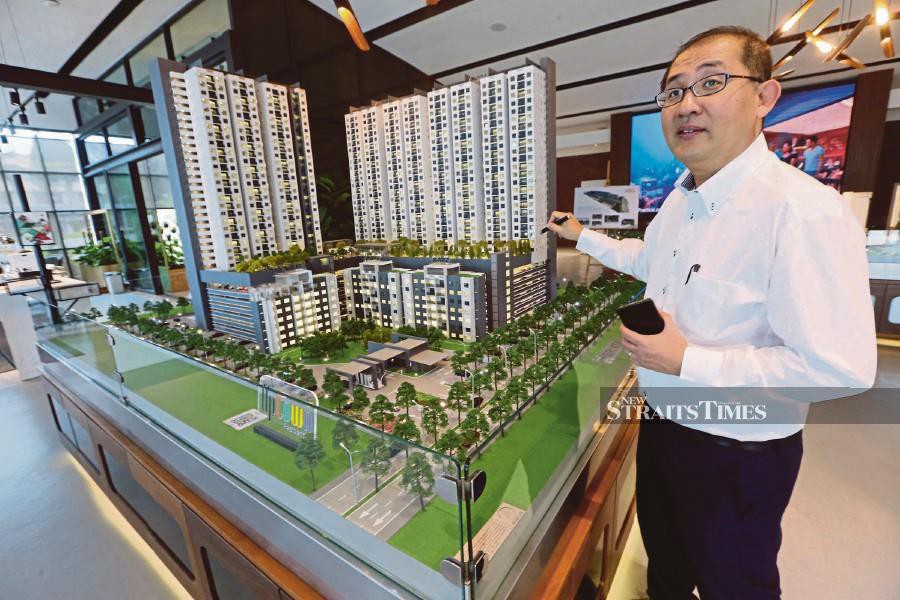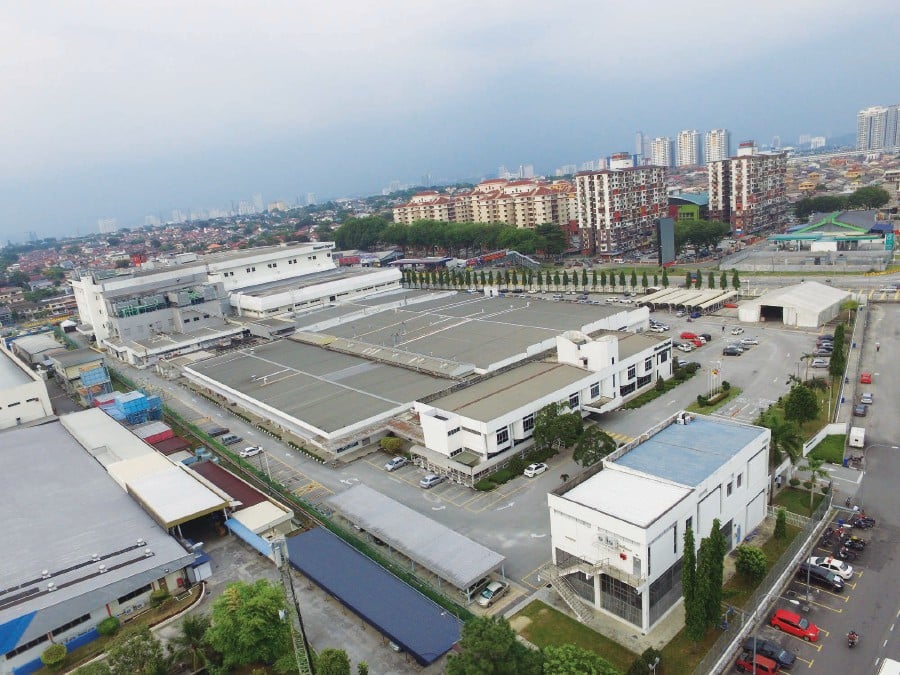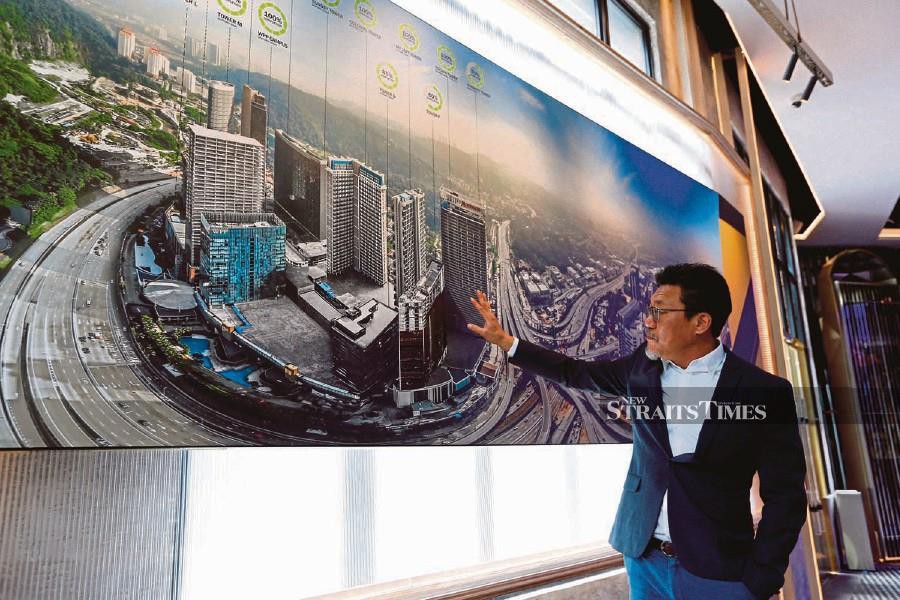By PropertyGuru Malaysia
The home-share economy, as exemplified by Airbnb, HomeAway and similar solutions in Malaysia, has come under increasing scrutiny by industry players, users and authorities alike amid wider oversupply concerns in the residential rental market.
Checks and balances for home-sharing
“This isn’t to say that Malaysians are against home-sharing, as the survey found that many (49%) agree with such solutions, while 57% are personally interested in exploring home-sharing solutions themselves,” said Sheldon Fernandez, Country Manager, PropertyGuru Malaysia.
Recent efforts in February include calls for home-sharing operators to register with the Tourism, Arts and Culture Ministry. In addition, the Malaysia Productivity Corporation is outlining a framework to manage short-term accommodations in the country.
However, the lack of national guidelines has seen the proliferation of differing approaches to home-sharing depending on area. This has led to the current calls for regulation, while hospitality associations link the practice to declining hotel occupancy rates amid wider challenges in the residential rental segment.
Tenants’ market for residential rentals
The PropertyGuru Consumer Sentiment Survey H2 2018 underscored prevailing attitudes among Malaysians towards renting, with nine out of 10 preferring to buy their own homes and nearly seven out of 10 (68%) currently staying in their own properties.
An oversupply of high-rise residential projects nationwide has seen tenants spoilt for choice for rental accommodations, exerting downward pressure on rental rates. In some areas, such as Johor, much of this incoming supply was designed with home-sharing applications in mind.
In Kuala Lumpur alone, owners adjusted asking rentals downwards by as much as 10% in 2018. This was also driven by obsolescence, as older projects competed with newer launches.
Among survey respondents looking to rent, 60% of these shared that their rental budget was RM1,100 or less. Rental rates from RM800 to RM1,100 were the “sweet spot,” with 19% of respondents saying they were seeking rentals in this range.
The majority (82%) were in the market for a whole unit to accommodate their families, with just 18% seeking smaller arrangements such as a room. Condominiums and serviced apartments were the preferred residential rental property type (63%), followed by terrace houses (23%), SoHo units (7%), townhouses (3%) and bungalows (3%).
“While many may prefer buying to renting, younger Malaysians may have no choice but to resort to long-term rental accommodations in the face of financing and property pricing concerns,” said Fernandez.
“The good news is that the long-standing perception of millennials as dependent on their families for living arrangements is outdated, with only 23% of the demographic surveyed currently staying with their parents.”
Millennials were less hopeful about owning property than older demographics, with only about half (51%) of those planning to move out of family homes in the next year sharing that they were planning to purchase a property within six months.
In addition, the PropertyGuru Consumer Sentiment Survey H2 2018 found that more Malaysians are deferring moving out to later in life. Of those who are still living with their parents, 87% shared that they planned to move out by the time they were 28 years old or older, with 34% citing 35 years or more as the appropriate age to make the leap.
“In practice, though, our research found that most Malaysians (89%) who move out will have done so by the age of 30. With this in mind, ‘property procrastination’ may hurt the chances of Malaysians ever owning their own property at all,” said Fernandez.
“This likely reflects the long-term planning and financial commitment needed to invest in property assets, making them unsuitable for the unprepared. As such, PropertyGuru has introduced initiatives such as our Home Loan Pre-Approval (https://www.propertyguru.com.my/home-loan-pre-approval) solution, to assist Malaysians in this and other aspects of home ownership."
Marriage was seen as the primary consideration for millennials who chose to continue staying with family, with 58% reporting they were delaying moving out until they tied the knot. Other factors included the need to take care of parents (55%) and lack of savings (52%).
Evolving with the industry
In addressing the needs of Malaysians keen to own property but faced with financing challenges and other issues, PropertyGuru has continuously refined the Home Loan Pre-Approval (https://www.propertyguru.com.my/home-loan-pre-approval) following its launch earlier this year, leveraging on its role as Southeast Asia’s largest property technology company.
A fintech solution developed in partnership with domestic financial institutions, Home Loan Pre-Approval allows home seekers to know their home loan eligibility amount with 99% accuracy prior to application.
This allows home seekers to avoid the financial black marks associated with loan rejections, while matching them with more than 450,000 listings on the PropertyGuru marketplace along with preferential rates and services from panel banks.
The solution has seen more than 1,000 completions to date. The vast majority (94%) of these are from home seekers with debt-service ratios of less than 70%, indicating healthy borrowing habits on the part of end-users.
Moving forward, the group is exploring the expansion of panel bank partners for the solution, among other areas. Home Loan Pre-Approval has already received accolades from industry authorities in both the property and fintech segments.
“However, when it's changing the way people live and work on a day-to-day basis, or even the way they buy their homes, then that's something people can relate to. For FIRST, our priority is making sure that usage of fintech and blockchain applications goes hand-in-hand with a clear awareness and understanding of what they entail.”
About the report
The PropertyGuru Consumer Sentiment Survey H2 2018 was based on a sample group of 944 participants, responding to online questionnaires. The majority (42%) of respondents comprised those in the 30–39 year age bracket, with those between 21–29 years and 40–49 years making up 23% and 21% of the sample population respectively. Most respondents were from middle-income backgrounds (50%), with 31% in the high-income demographic.
The home-share economy, as exemplified by Airbnb, HomeAway and similar solutions in Malaysia, has come under increasing scrutiny by industry players, users and authorities alike amid wider oversupply concerns in the residential rental market.
The country comprised Airbnb’s fastest-growing market in Southeast Asia last year, welcoming more than two million guests through over 44,000 listings. However, the rapid growth of such solutions has drawn concern from some quarters, with 54% of PropertyGuru Consumer Sentiment Survey H2 2018 respondents calling for regulations to be put in place to manage the industry.
 |
| Source: PropertyGuru Consumer Sentiment Survey H2 2018 |
 |
| Source: PropertyGuru Consumer Sentiment Survey H2 2018 |
“This isn’t to say that Malaysians are against home-sharing, as the survey found that many (49%) agree with such solutions, while 57% are personally interested in exploring home-sharing solutions themselves,” said Sheldon Fernandez, Country Manager, PropertyGuru Malaysia.
“However, as with many emerging or disruptive technologies and businesses, there is room to improve in terms of regulation. This was acknowledged by research commissioned by a prominent home-sharing player earlier this year, which highlighted the need for home-sharing guidelines, whether they are at the national, state, community or building level.”
Recent efforts in February include calls for home-sharing operators to register with the Tourism, Arts and Culture Ministry. In addition, the Malaysia Productivity Corporation is outlining a framework to manage short-term accommodations in the country.
However, the lack of national guidelines has seen the proliferation of differing approaches to home-sharing depending on area. This has led to the current calls for regulation, while hospitality associations link the practice to declining hotel occupancy rates amid wider challenges in the residential rental segment.
Tenants’ market for residential rentals
The PropertyGuru Consumer Sentiment Survey H2 2018 underscored prevailing attitudes among Malaysians towards renting, with nine out of 10 preferring to buy their own homes and nearly seven out of 10 (68%) currently staying in their own properties.
“These attitudes likely reflect traditional views on property as symbols of status, as well as investments. However, this may change as ‘Generation Rent’ – younger demographics such as millennials and later cohorts – finds properties priced increasingly out of their reach,” said Sheldon.
An oversupply of high-rise residential projects nationwide has seen tenants spoilt for choice for rental accommodations, exerting downward pressure on rental rates. In some areas, such as Johor, much of this incoming supply was designed with home-sharing applications in mind.
In Kuala Lumpur alone, owners adjusted asking rentals downwards by as much as 10% in 2018. This was also driven by obsolescence, as older projects competed with newer launches.
Among survey respondents looking to rent, 60% of these shared that their rental budget was RM1,100 or less. Rental rates from RM800 to RM1,100 were the “sweet spot,” with 19% of respondents saying they were seeking rentals in this range.
The majority (82%) were in the market for a whole unit to accommodate their families, with just 18% seeking smaller arrangements such as a room. Condominiums and serviced apartments were the preferred residential rental property type (63%), followed by terrace houses (23%), SoHo units (7%), townhouses (3%) and bungalows (3%).
Generation Rent – the facts about families
“While many may prefer buying to renting, younger Malaysians may have no choice but to resort to long-term rental accommodations in the face of financing and property pricing concerns,” said Fernandez.
“The good news is that the long-standing perception of millennials as dependent on their families for living arrangements is outdated, with only 23% of the demographic surveyed currently staying with their parents.”
Millennials were less hopeful about owning property than older demographics, with only about half (51%) of those planning to move out of family homes in the next year sharing that they were planning to purchase a property within six months.
In addition, the PropertyGuru Consumer Sentiment Survey H2 2018 found that more Malaysians are deferring moving out to later in life. Of those who are still living with their parents, 87% shared that they planned to move out by the time they were 28 years old or older, with 34% citing 35 years or more as the appropriate age to make the leap.
“In practice, though, our research found that most Malaysians (89%) who move out will have done so by the age of 30. With this in mind, ‘property procrastination’ may hurt the chances of Malaysians ever owning their own property at all,” said Fernandez.
“This likely reflects the long-term planning and financial commitment needed to invest in property assets, making them unsuitable for the unprepared. As such, PropertyGuru has introduced initiatives such as our Home Loan Pre-Approval (https://www.propertyguru.com.my/home-loan-pre-approval) solution, to assist Malaysians in this and other aspects of home ownership."
Marriage was seen as the primary consideration for millennials who chose to continue staying with family, with 58% reporting they were delaying moving out until they tied the knot. Other factors included the need to take care of parents (55%) and lack of savings (52%).
Evolving with the industry
In addressing the needs of Malaysians keen to own property but faced with financing challenges and other issues, PropertyGuru has continuously refined the Home Loan Pre-Approval (https://www.propertyguru.com.my/home-loan-pre-approval) following its launch earlier this year, leveraging on its role as Southeast Asia’s largest property technology company.
A fintech solution developed in partnership with domestic financial institutions, Home Loan Pre-Approval allows home seekers to know their home loan eligibility amount with 99% accuracy prior to application.
This allows home seekers to avoid the financial black marks associated with loan rejections, while matching them with more than 450,000 listings on the PropertyGuru marketplace along with preferential rates and services from panel banks.
The solution has seen more than 1,000 completions to date. The vast majority (94%) of these are from home seekers with debt-service ratios of less than 70%, indicating healthy borrowing habits on the part of end-users.
Moving forward, the group is exploring the expansion of panel bank partners for the solution, among other areas. Home Loan Pre-Approval has already received accolades from industry authorities in both the property and fintech segments.
“I think that initiatives such as Home Loan Pre-Approval underscore the positive impact fintech can have in 'real-world' terms. There is a certain tendency to relegate fintech to certain circles or specialist interests, due to its sometimes technical nature,” said FIRST (Fourth Industrial Revolution Structural Transformation) President Aaron Ting.
“However, when it's changing the way people live and work on a day-to-day basis, or even the way they buy their homes, then that's something people can relate to. For FIRST, our priority is making sure that usage of fintech and blockchain applications goes hand-in-hand with a clear awareness and understanding of what they entail.”
About the report
The PropertyGuru Consumer Sentiment Survey H2 2018 was based on a sample group of 944 participants, responding to online questionnaires. The majority (42%) of respondents comprised those in the 30–39 year age bracket, with those between 21–29 years and 40–49 years making up 23% and 21% of the sample population respectively. Most respondents were from middle-income backgrounds (50%), with 31% in the high-income demographic.

